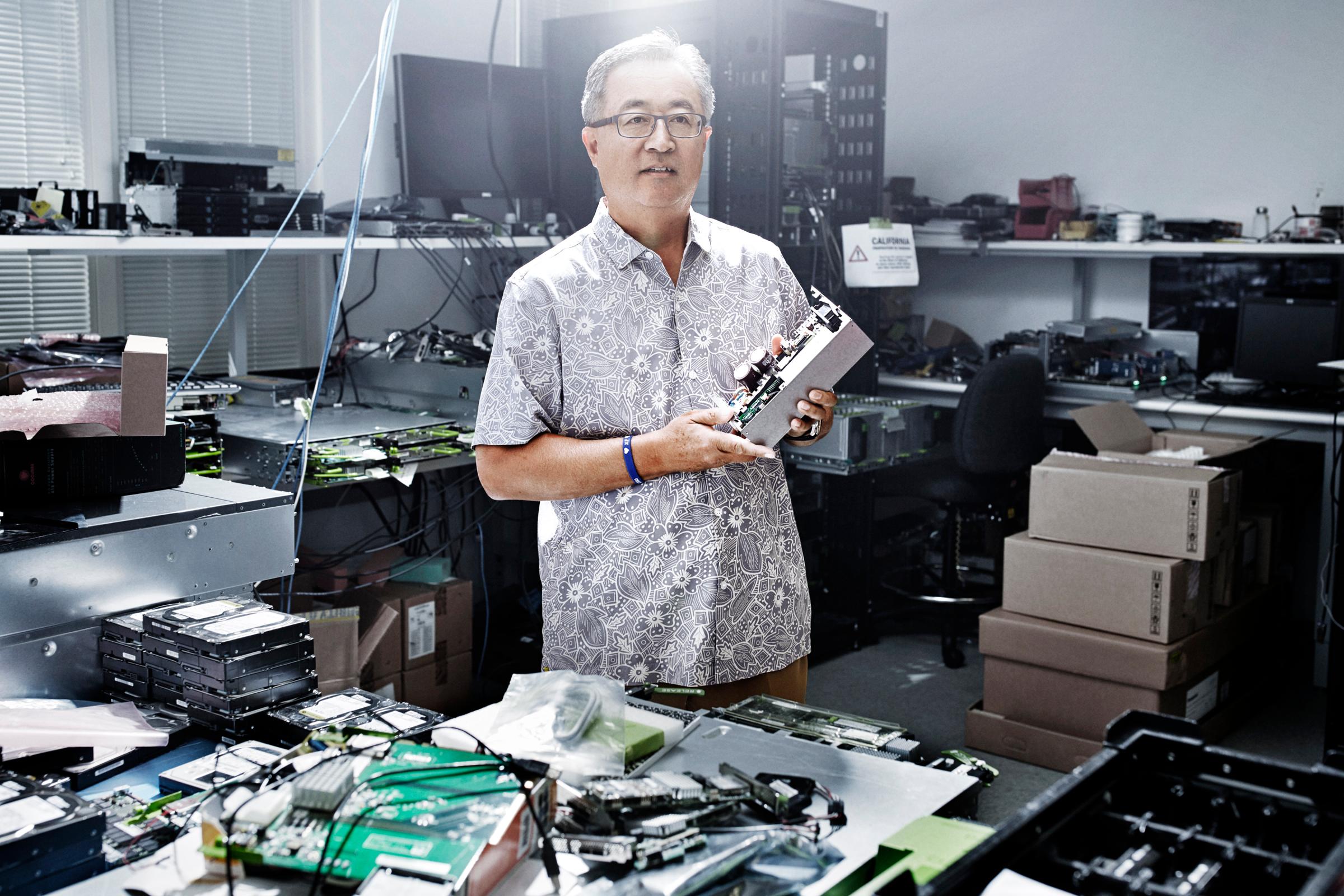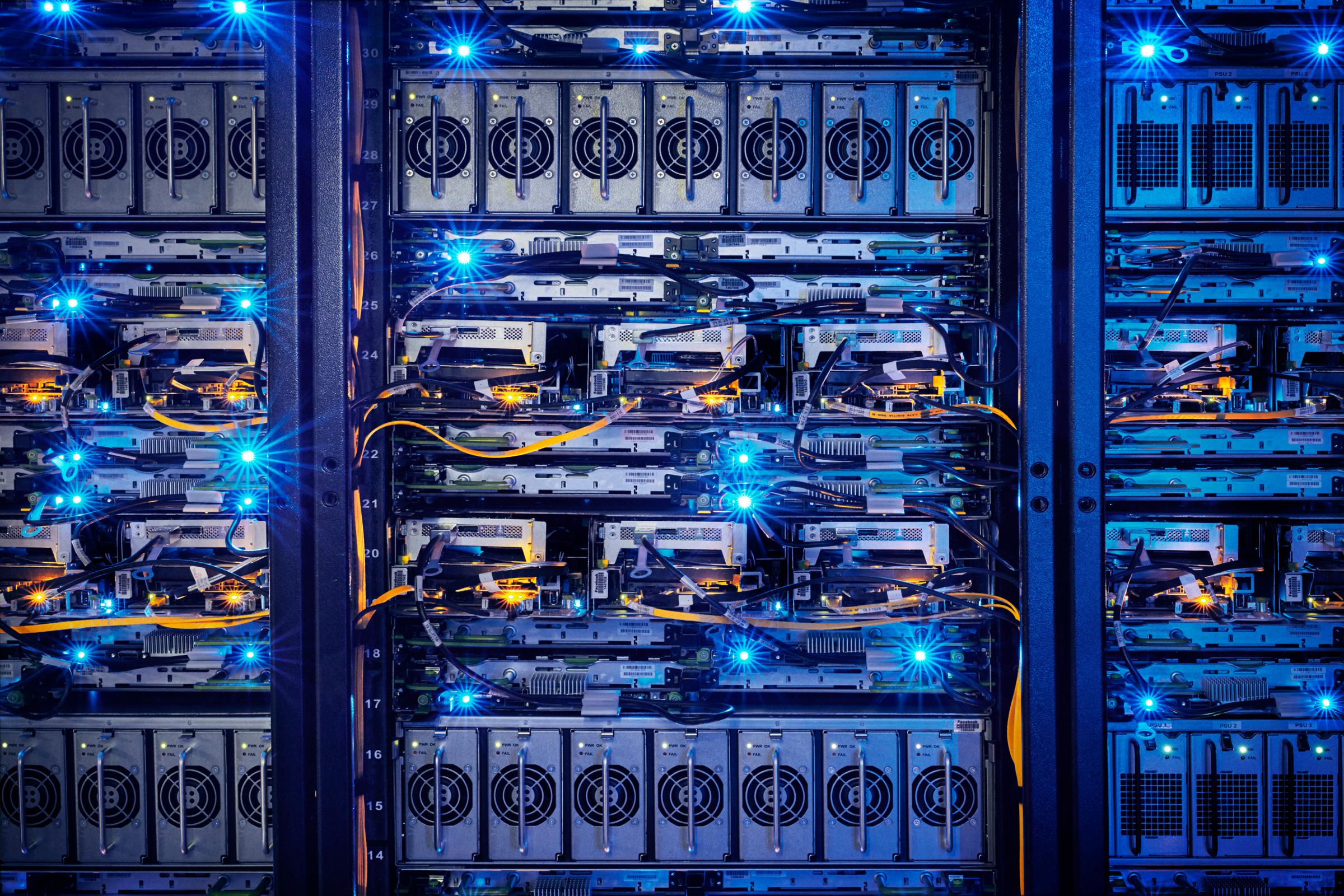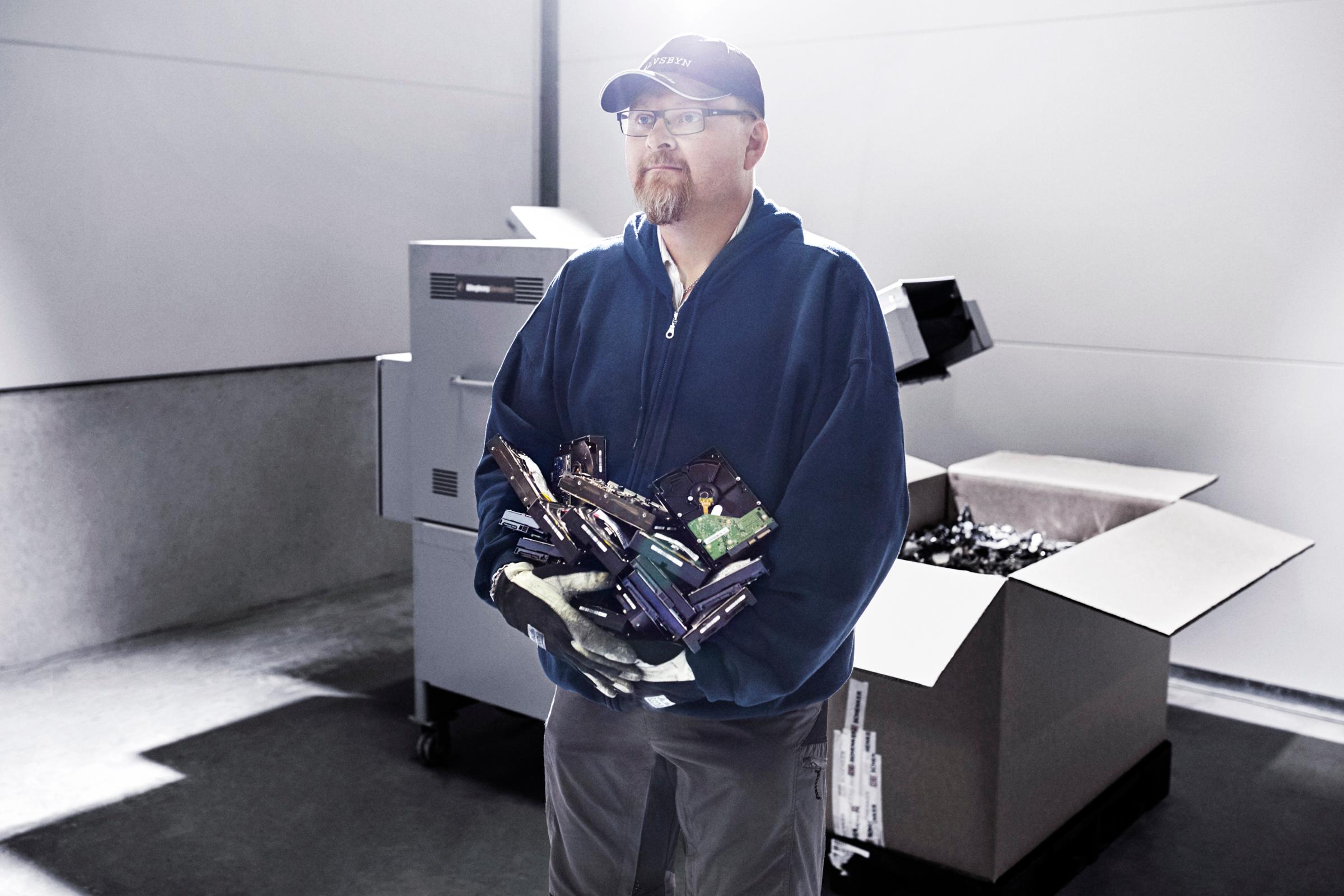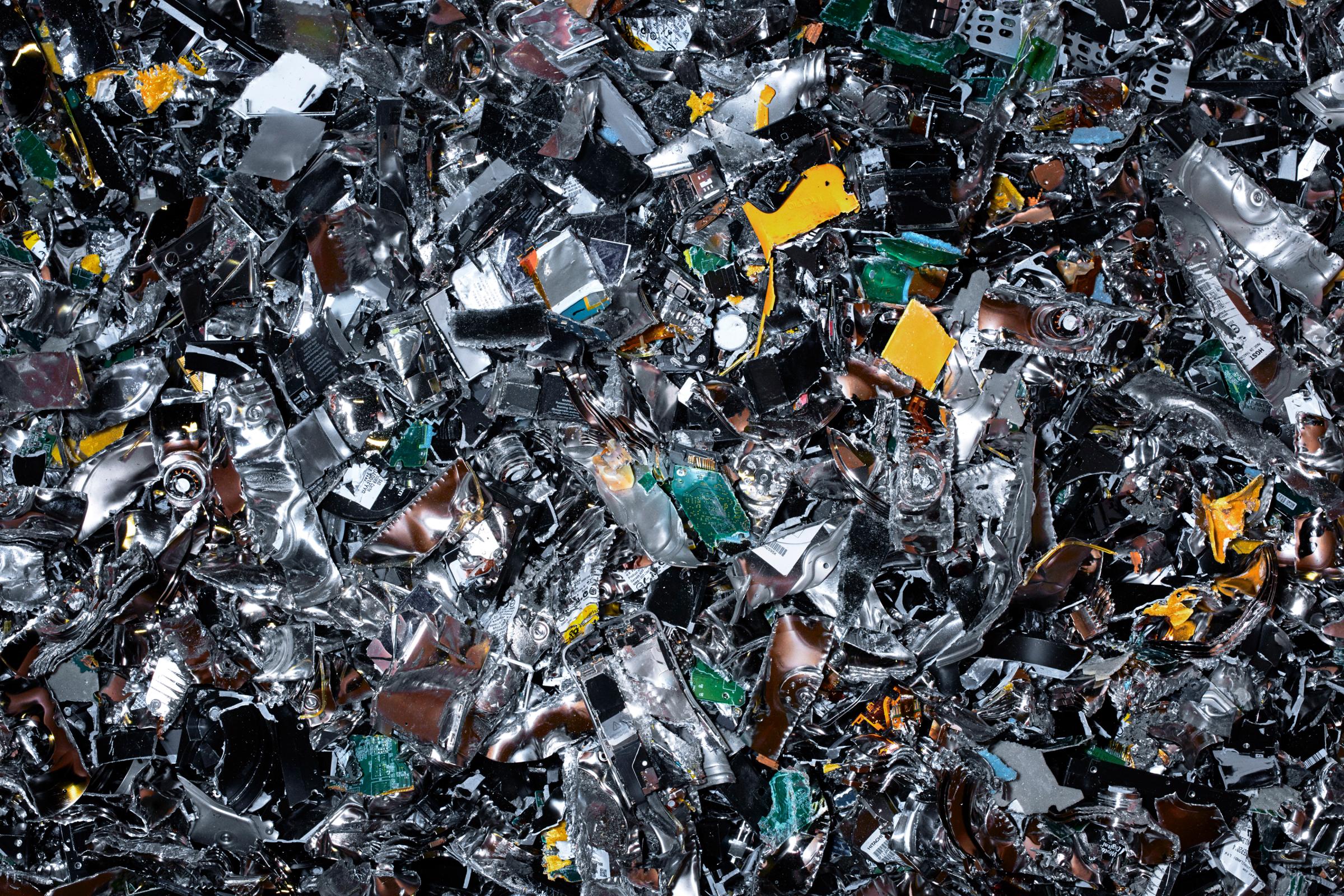
For many new Facebook employees, their first days begin in front of a computer screen, learning the ins and outs of the company’s code. That code, after all, serves as the foundation of the company’s gigantic social network, hosting more than 1 billion daily visitors. With that in mind, it may be surprising to hear that Joel Kjellgren’s first six months at Facebook were spent working out of a construction trailer.
That’s because Kjellgren isn’t a traditional software engineer. He doesn’t work on the Like buttons, notification icons, or the other tools and buttons Facebook members push and poke on a regular basis. Rather, as the site manager of Facebook’s data center in Luleå, Sweden, Kjellgren’s oversees the massive facility that processes petabytes of data in the form of photos and stories posted to Facebook. It’s one of Facebook’s six such facilities that handle the hundred million hours of video watched and two billion photos shared through the social network every day.
“[It] was awesome to see how we turned something that was essentially just a concrete skeleton into one of the places [where] Facebook lives,” says Kjellgren of his early days working at the Swedish facility.

Facebook’s Luleå data center, located near the Arctic Circle, was the company’s first such facility outside the U.S. when it opened in 2013. Today, Facebook is offering a closer look inside the facility via the photos published above, which show the center itself as well as some of the people who run it.
The site is comprised of two colossal buildings, each about the size of 17 ice hockey rinks, full of gear that makes it possible for billions of people around the world to upload status updates, photos, and videos each day. As Facebook grows, so does the amount of hardware needed to store its users’ data. Since the Luleå facility opened in 2013, Facebook has built similar data centers in Ireland and Texas. It now plans to open one in New Mexico that will come online in late 2018.
Data centers on this scale require immense amounts of energy. Facebook says it’s working to make its facilities as clean as possible, aiming to use at least 50% renewable energy at all of them by 2018. The Luleå site is already powered entirely on clean energy, thanks in part to nearby hydroelectric dams that made the site attractive in the first place. The region’s arctic air also naturally cools the thousands of servers housed in the center; Facebook says its Luleå warehouses use almost 40% less power than traditional data facilities. (Facebook is far from being the only major technology company with such ambitions. Apple says its worldwide data centers run 100% on clean energy, while Google purchases green power from local wind and solar farms near its data facilities.)
But what gives Facebook a unique edge, Kjellgren says, is that it designs its data center hardware, then releases its work to other developers and engineers. This program, called the Open Compute Project, aims to do with data center hardware what open-source platforms like Linux have done for software. Gartner projects that data center systems’ spending will reach $174 billion in 2016.
“We come from a proud hacker background and from a company largely built upon open source philosophy in software,” Kjellgren says. “We just couldn’t understand why the same principles couldn’t apply to hardware.”
Finding efficient ways to manage the vast amounts of data that Facebook handles each day will only become more challenging as new types of media, like 360-degree video and virtual reality footage, rise in popularity. That means the technology used to store data shared to Facebook and operate its network will need to evolve as well. Accomplishing that at such a large scale is a daunting task; in the Luleå center alone, a job as seemingly trivial as routing cables is a full-time job.
“We stress test things that seem to [work] perfectly normal at a small scale,” Kjellgren says. “But once you get to a large scale, things might not work the way you expect . . . The types of problems we face, you usually can’t Google the solution for them.”










More Must-Reads from TIME
- Cybersecurity Experts Are Sounding the Alarm on DOGE
- Meet the 2025 Women of the Year
- The Harsh Truth About Disability Inclusion
- Why Do More Young Adults Have Cancer?
- Colman Domingo Leads With Radical Love
- How to Get Better at Doing Things Alone
- Michelle Zauner Stares Down the Darkness
Contact us at letters@time.com